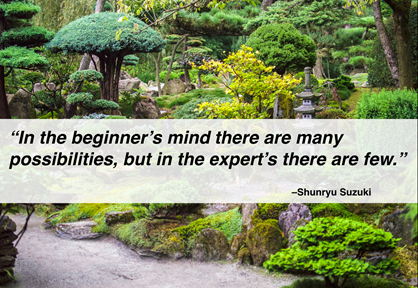Our Circular Dichroism Statements
Our Circular Dichroism Statements
Blog Article
Circular Dichroism Fundamentals Explained
Table of ContentsCircularly Polarized Luminescence Can Be Fun For EveryoneNot known Factual Statements About Uv/vis Not known Incorrect Statements About Spectrophotometers Uv/vis/nir Can Be Fun For AnyoneTop Guidelines Of Spectrophotometers

Spectrophotometry is a tool that hinges on the quantitative analysis of molecules depending on how much light is absorbed by colored compounds.
Things about Circular Dichroism
A spectrophotometer is typically utilized for the measurement of transmittance or reflectance of solutions, transparent or nontransparent solids, such as sleek glass, or gases. Lots of biochemicals are colored, as in, they soak up visible light and therefore can be determined by colorimetric treatments, even colorless biochemicals can frequently be converted to colored compounds ideal for chromogenic color-forming reactions to yield compounds suitable for colorimetric analysis.: 65 However, they can likewise be designed to determine the diffusivity on any of the listed light varieties that generally cover around 2002500 nm utilizing different controls and calibrations.
An example of an experiment in which spectrophotometry is used is the decision of the equilibrium constant of a service. A specific chain reaction within a service might take place in a forward and reverse direction, where reactants form items and items break down into reactants. Eventually, this chain reaction will reach a point of balance called a stability point.
Getting My Uv/vis/nir To Work
The amount of light that goes through the option is indicative of the concentration of specific chemicals that do not enable light to travel through. The absorption of light is due to the interaction of light with the electronic and vibrational modes of molecules. Each type of molecule has a specific set of energy levels connected with the makeup of its chemical bonds and nuclei and thus will soak up light of specific wavelengths, or energies, leading to special spectral properties.
They are commonly used in many markets consisting of semiconductors, laser and optical production, printing and forensic evaluation, as well as in laboratories for the study of chemical compounds. Spectrophotometry is typically utilized in measurements of enzyme activities, determinations of protein concentrations, determinations of enzymatic kinetic constants, and measurements of ligand binding reactions.: 65 Ultimately, a spectrophotometer is able to figure out, depending on the control or calibration, what substances are present in a target and precisely how much through computations of observed wavelengths.
Developed by Arnold O. Beckman in 1940 [], the spectrophotometer was developed with the aid of his colleagues at his company National Technical Laboratories established in 1935 which would end up being Beckman Instrument Business and eventually Beckman Coulter. This would come as a solution to the formerly created spectrophotometers which were unable moved here to soak up the ultraviolet properly.
Not known Details About Circular Dichroism
It would be found that this did not provide satisfactory outcomes, for that reason in Design B, there was a shift from a glass to a quartz prism which enabled better absorbance results - spectrophotometers (https://www.figma.com/file/eT4jdyebIeUQ23ozOL89IX/Untitled?type=design&node-id=0%3A1&mode=design&t=vN0gsYYCmHohU5HF-1). From there, Model C was born with a change to the wavelength resolution which ended up having 3 systems of it produced
It irradiates the sample with polychromatic light which the sample absorbs depending upon its residential or commercial properties. It is transmitted back by grating the photodiode selection which detects the wavelength region of the spectrum. Considering that then, the production and execution of spectrophotometry gadgets has actually increased tremendously and has become one of the most innovative instruments of our time.

More About Uv/vis
The grating can either be movable or fixed.
In such systems, the grating is repaired and the intensity of each wavelength of light is determined by a various detector in the selection. When making transmission measurements, the spectrophotometer quantitatively compares the fraction of light that passes through a recommendation option and a test service, then electronically compares the intensities of the two signals and calculates the percentage of transmission of the sample compared to the referral standard.

Report this page